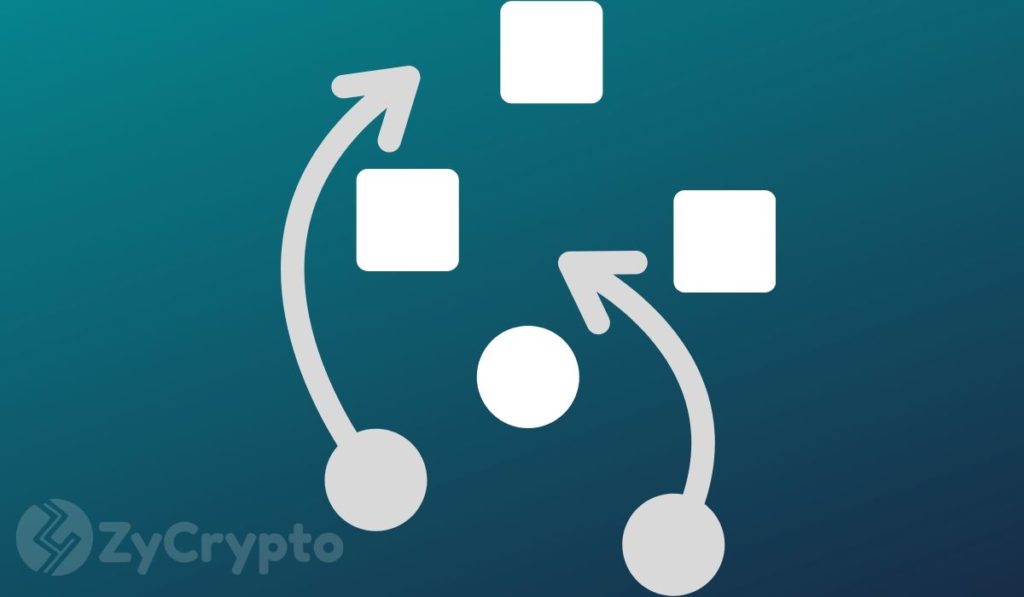2018-12-6 01:04 |
Report From Aion Foundation Shows Selloff Of “Decent” Level Of Bitcoin And Ethereum, Projecting 18-Month Runway
On Wednesday, Aion Foundation published a report, starting off with discussing their $23 million raised from the sale of both Bitcoin and Ether, which happened on October 2017. The report only came out Wednesday, suggesting that this crypto winter is the best time to cash out. It also discussed the way that Aion has been handling the “crypto war chest,” as CoinDesk puts it.
Matt Spoke, CEO of Aion, said that the foundation has officially taking the bitcoin and ether that was raised, divided it in half, and sold it off. This was mostly timed in a way to use the prices that were happening as 2018 began. The company spent over $10 million alone during the launch of their platform and offices in three different countries. As a result, they had $14 million left by the end of October with about $5.8 million in fiat.
When speaking to CoinDesk, Spoke said,
“We’ve liquidated a decent amount of our bitcoin and ETH that we raised as proceeds to make sure that we are stable in this type of period. As we continue to spend in our operations, we’ll end up liquidating more Bitcoin and ETH over the course of the next few months.”
The Aion network is already having its protocols tested with multiple active users, including ClayPlay. However, the current plan is for the nonprofit organization to “lean more heavily on cash” to maintain consistent growth.
Right now, Spoke believes that the foundation has the means to sustain 18 months of runway, though there’s a five year wait before the network will be prepared to offer services that are similar to what Amazon Web Services provides. By the second quarter of 2019, the company expects to support the first Java-based virtual machine on their platform, creating new opportunities for developers with the current array of decentralized software tools.
For now, the team could end up pursuing crypto funds and accredited investors for funding that they need, offering them Aion tokens as a digital return. Overall, the hope of this time period for the company is to maintain their 61-person team, avoiding layoffs by following models like Ethereum by sponsoring projects. To help token holders to feel more confident in their efforts, the foundation intends to launch quarterly reports and be a part of the Messari disclosure database.
Presently, over two dozen exchanges allow for the trading of Aion tokens, like Binance and Bitfinex. Even with the liquidity that the foundation presently holds, the founder of Athena Capital, Meltem Demirors, still says that there’s an issue with the way that Aion tokens are considered assets on the foundation’s balance sheet. She advised,
“I think they should be really careful about that,” Demirors said. “I don’t think that we’ve definitely proven the token model works.”
She and Nic Carter, the Castle Island Ventures co-founder, spoke about the dangers that can come with substituting equity investments with token treasuries.
Carter commented,
“You have to pay progressively more of that stack as it declines in price and you become a forced seller at certain points. A lot of these projects are going to face liquidity crises.”
Demirors still gave credit for the efforts that Aion has made to maintain the transparency of their expenditures to their consumers. However, there are many other risks of taking this path, like the potential for having to refund tokens. Instead of acknowledging the risks here, the foundation just wants to increase utility.
Spoke noted,
“Our grant and bounty program has been very active and focused heavily on tooling. Over time we should not be the most important member of the Aion ecosystem.”
origin »Aion (AION) íà Currencies.ru
|
|




















